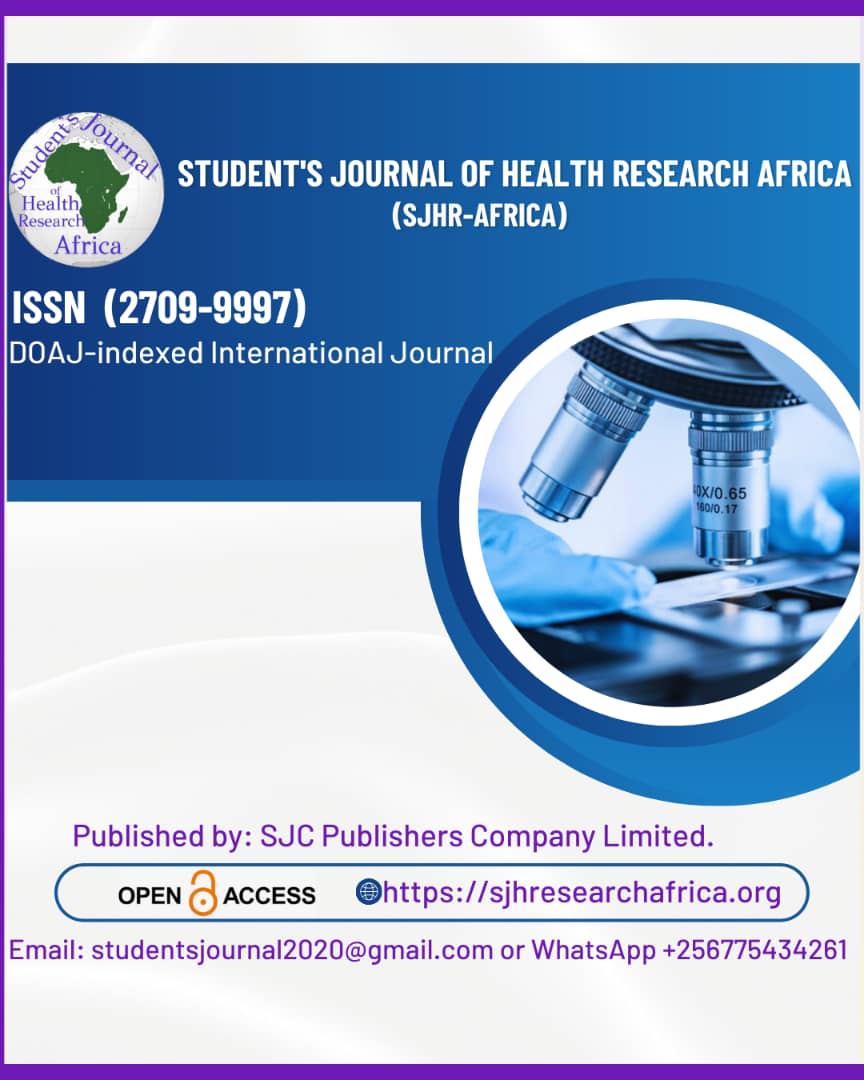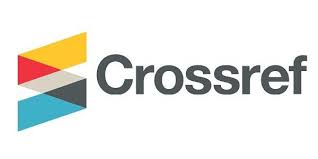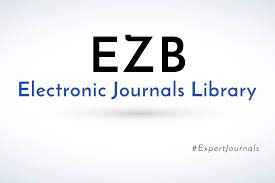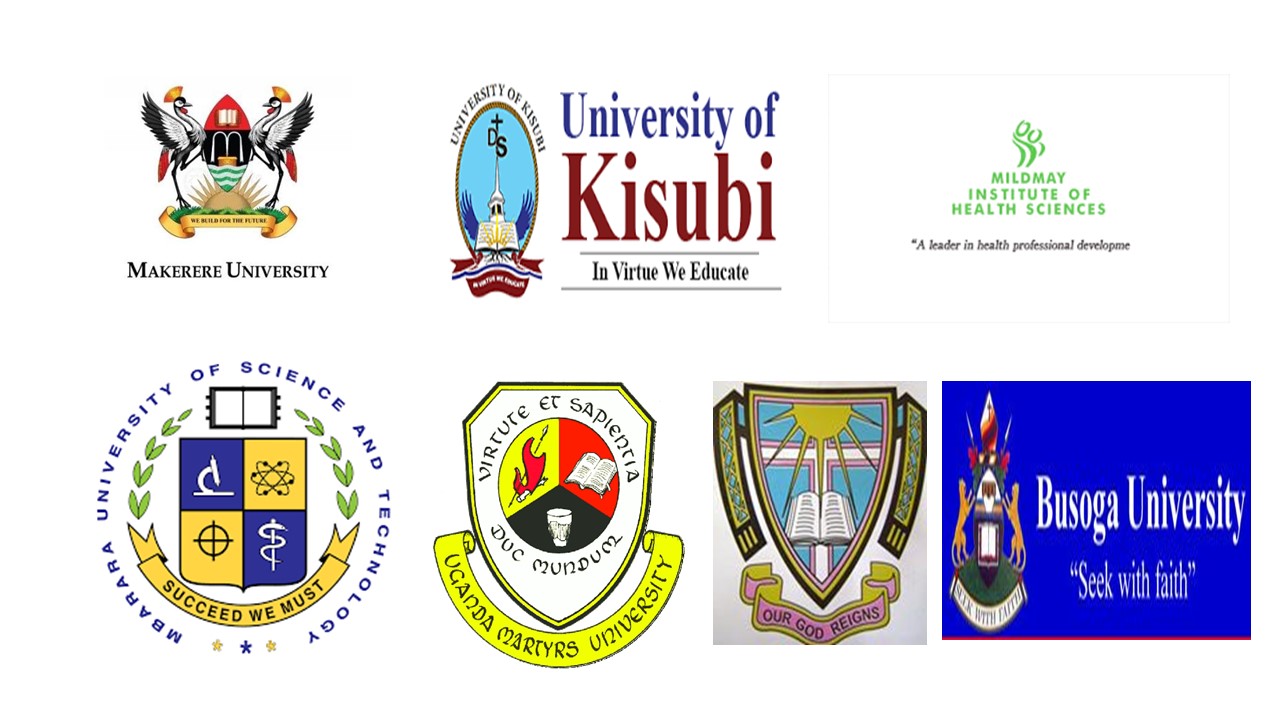Comparison of Modified Mallampati Classification and Acromio-Axillo-Suprasternal Notch Index in Predicting Difficult Laryngoscopy: A Prospective cohort study.
DOI:
https://doi.org/10.51168/sjhrafrica.v6i3.1656Keywords:
Difficult airway, laryngoscopy, airway assessment, Acromio-Axillo-Suprasternal Notch Index, Modified Mallampati ClassificationAbstract
Background:
Difficult airway management remains a major concern in anesthesia, with unanticipated intubation failures increasing perioperative morbidity and mortality. Accurate preoperative identification of at-risk patients is essential for safe airway management and reducing complications like hypoxia and failed intubation. Among airway assessment tools, the Modified Mallampati Classification (MMP) and Acromio-Axillo-Suprasternal Notch Index (AASNI) are commonly used. This study compared the predictive accuracy of MMP and AASNI in forecasting difficult visualization of the larynx (DVL) during direct laryngoscopy.
Methods:
A prospective cohort study was conducted on 106 adult patients aged between 18 and 60 years, scheduled for elective surgeries requiring general anesthesia and endotracheal intubation. Each patient underwent preoperative airway assessments using MMP and AASNI. During laryngoscopy, the Cormack-Lehane (CL) grading was recorded. Diagnostic parameters—sensitivity, specificity, positive predictive value (PPV), negative predictive value (NPV), odds ratio, and likelihood ratios—were calculated to evaluate the predictive performance of MMP and AASNI.
Results:
Of the 106 participants, 58 (54.7%) were male and 48 (45.3%) were female. The mean age was 38.11 ± 9.88 years, with the majority aged 40–50 years (38.7%). The average BMI was 24.75 ± 2.33 kg/m². AASNI showed higher sensitivity (83.3%) and NPV (93.9%) compared to MMP (41.67% and 83.7%, respectively), while MMP had greater specificity (87.8%). Both tools shared equal PPV (50%) and diagnostic accuracy (77.36%). AASNI demonstrated a higher odds ratio (15.5 vs. 5.14) and lower negative likelihood ratio (0.220 vs. 0.664), confirming superior predictive performance.
Conclusion:
AASNI is a more reliable and objective predictor of difficult laryngoscopy than MMP. It enhances preoperative airway assessment and supports better preparedness for airway management.
Recommendations:
Routine use of AASNI is recommended in pre-anesthetic evaluations. Future multicentric studies with larger, diverse populations are warranted to further validate its effectiveness and generalizability.
References
Sunkam R, Pujari VS, Shenoy BK, Bevinaguddaiah Y, Parate LH. A comparative study of acromio-axillo-suprasternal notch index with upper lip bite test and modified Mallampati score to predict difficult laryngoscopy. Indian Anaesth Forum. 2020;21:33–37.
Bamba C, Gupta P. A comparison of acromio-axillo-suprasternal notch index (a new test) with modified Mallampati classification for prediction of difficult airway in the Indian population: a prospective observational study [Internet]. Indian J Appl Res. 2019;9:1–3.
Kamranmanesh MR, Jafari AR, Gharaei B, Aghamohammadi H, Poor Zamany N K M, Kashi AH. Comparison of acromioaxillosuprasternal notch index (a new test) with modified Mallampati test in predicting difficult visualization of larynx. Acta Anaesthesiol Taiwan. 2013 Dec;51(4):141-4. doi: 10.1016/j.aat.2013.12.001. Epub 2014 Jan 21. PMID: 24529668.
Suryawanshi CM, Bhatia J. Acromio-Axillo-Suprasternal Notch Index Performance in Predicting Difficult Visualization of the Larynx: An Observational Prospective Study. Cureus. 2024 Aug 12;16(8):e66706. doi: 10.7759/cureus.66706. PMID: 39262532; PMCID: PMC11389871.
Jaffari A, Aghamohammadi H, Hamedi M, Kamranmanesh MR, Sezari P, Mottaghi K. Comparison of Acromio-Axillo-Suprasternal Notch Index (AASI) with Hyomental Distance Ratio Test (HMDR) in Predicting Difficult Visualization of the Larynx. Tanaffos. 2024 Feb;23(2):163-169. PMID: 39959803; PMCID: PMC11825070.
Hanouz JL, Lefrançois V, Boutros M, Fiant AL, Simonet T, Buléon C. Comparison of the modified Mallampati classification score versus the best visible Mallampati score in the prediction of difficult tracheal intubation: a single-centre prospective observational study. Can J Anaesth. 2024 Oct;71(10):1353-1362. English. doi: 10.1007/s12630-024-02815-0. Epub 2024 Aug 15. PMID: 39147992.
Rajkhowa T, Saikia P, Das D. An observational prospective study of performance of acromioaxillosuprasternal notch index in predicting difficult visualisation of the larynx. Indian J Anaesth. 2018 Dec;62(12):945-950. doi: 10.4103/ija.IJA_480_18. PMID: 30636795; PMCID: PMC6299757.
Nasr-Esfahani M, Honarmand A, Safavi SM, Anvari Tafti M. How to Predict Difficult Tracheal Intubation: The Application of Acromio-axillo-suprasternal Notch Index. Adv Biomed Res. 2020 May 29;9:19. doi: 10.4103/abr.abr_228_19. PMID: 32695729; PMCID: PMC7365388.
Yemam D, Melese E, Ashebir Z. Comparison of modified mallampati classification with Cormack and Lehane grading in predicting difficult laryngoscopy among elective surgical patients who took general anesthesia in Werabie comprehensive specialized hospital - Cross sectional study. Ethiopia, 2021. Ann Med Surg (Lond). 2022 Jun 24;79:103912. doi: 10.1016/j.amsu.2022.103912. PMID: 35860078; PMCID: PMC9289240.
Roth D, Pace NL, Lee A, Hovhannisyan K, Warenits AM, Arrich J, Herkner H. Airway physical examination tests for detection of difficult airway management in apparently normal adult patients. Cochrane Database Syst Rev. 2018 May 15;5(5):CD008874. doi: 10.1002/14651858.CD008874.pub2. PMID: 29761867; PMCID: PMC6404686.
Wang Z, Jin Y, Zheng Y, Chen H, Feng J, Sun J. Evaluation of preoperative difficult airway prediction methods for adult patients without obvious airway abnormalities: a systematic review and meta-analysis. BMC Anesthesiol. 2024 Jul 17;24(1):242. doi: 10.1186/s12871-024-02627-1. PMID: 39020308; PMCID: PMC11253413.
Satheesh P, Pramoth CC: Comparative study of acromioaxillosuprasternal notch index with modified Mallampati test in predicting difficult visualization of larynx. Int J Acad Med Pharm. 2022, 4:609-12.
Downloads
Published
How to Cite
Issue
Section
License
Copyright (c) 2025 Mohamed Noufal P.K, Padma Amar Vishal, Gopala Krishna Kommula

This work is licensed under a Creative Commons Attribution-NonCommercial-NoDerivatives 4.0 International License.






















